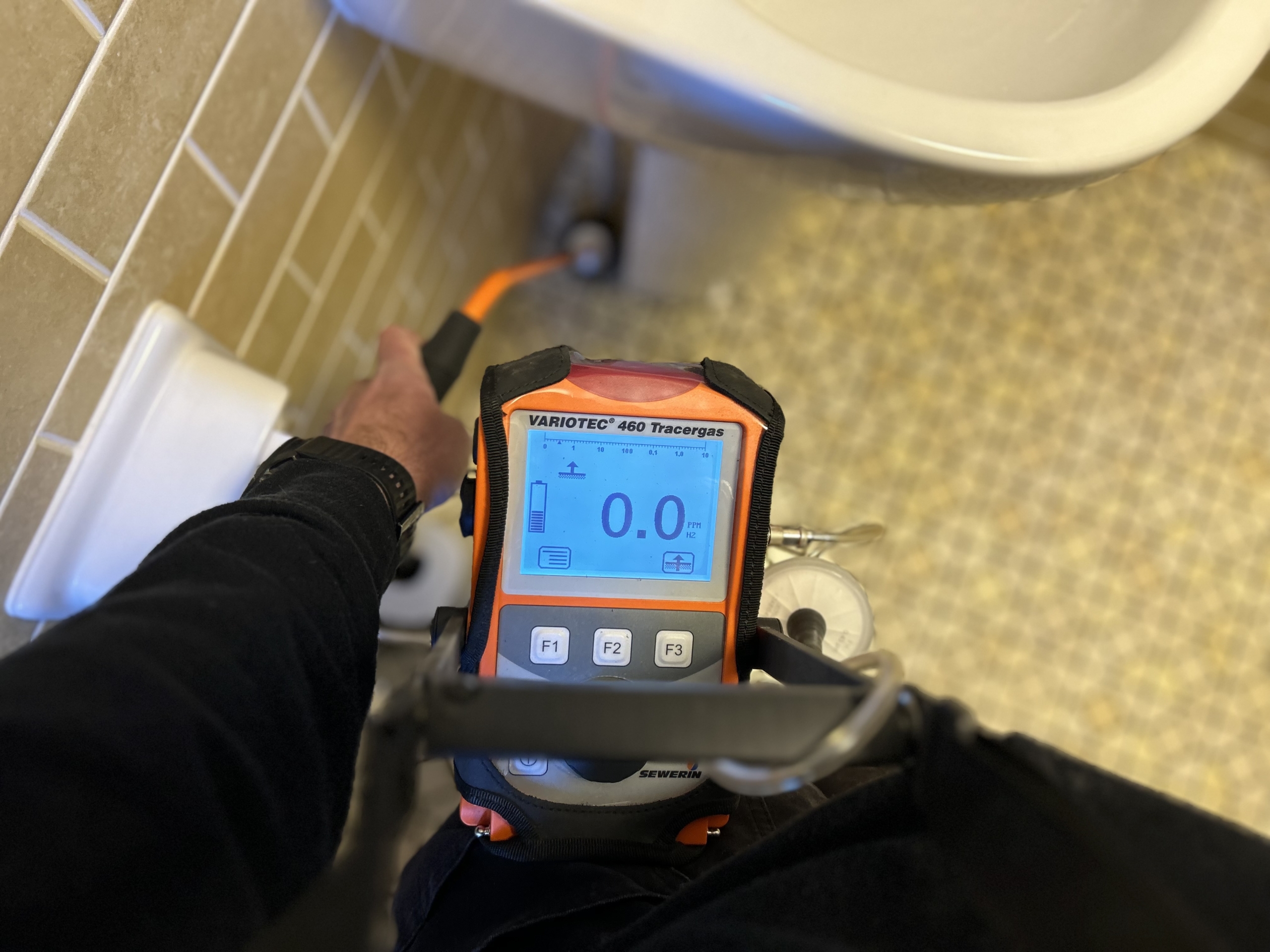Leading Water Leak Detection Techniques to Secure Your Residential Property from Water Damages
Leading Water Leak Detection Techniques to Secure Your Residential Property from Water Damages
Blog Article
Cutting-edge Solutions for Very Early Discovery of Water Leakages in Structures and Facilities
As the integrity of structures and facilities is vital, the challenge of early discovery of water leaks has actually stimulated cutting-edge options that promise to change the means we safeguard against prospective problems. From innovative leak detection technologies to the release of IoT sensing units for real-time monitoring, the landscape of leak avoidance is advancing rapidly. Machine learning formulas supply a look into the future of leakage prediction, while thermal imaging provides a non-intrusive approach for pinpointing concealed leakages. Automated water flow analysis systems are reshaping how leakages are identified and resolved, leading the way for a proactive strategy to water leakage detection. Each of these options holds the essential to making certain the dependability and longevity of our built atmosphere, prompting a shift towards a much more lasting and efficient future.
Advanced Leakage Discovery Technologies
Advanced leak discovery modern technologies, equipped with cutting-edge sensing units and algorithms, play a crucial duty in quickly determining and pinpointing water leakages in different setups. These innovations utilize a mix of acoustic, thermal, and electro-magnetic sensing approaches to discover leakages properly. Acoustic sensors spot the sound of escaping water, enabling precise localization of the leak resource. Thermal imaging identifies temperature adjustments brought on by water leak, supplying an additional reliable method for leak identification. Electro-magnetic sensing units can recognize changes in magnetic fields brought on by water, supplying yet one more layer of leakage detection capability.

IoT Sensors for Real-Time Monitoring
In the world of modern water leak detection, the assimilation of IoT sensors for real-time monitoring represents a crucial development in improving proactive leak discovery abilities. These sensing units offer constant surveillance of water supply, giving real-time data on water flow prices, pressure variants, and temperature adjustments. By leveraging IoT technology, these sensors can detect even the tiniest abnormalities in water use patterns, allowing very early recognition of potential leakages prior to they escalate right into major issues.
IoT sensors transmit data to a centralized platform, where innovative algorithms evaluate the info and produce notifies or notices when irregularities are detected. This real-time monitoring capacity permits property proprietors or center managers to immediately deal with leaks, reducing water damage, lowering repair prices, and conserving water sources.
Furthermore, IoT sensors can be integrated with structure management systems, permitting computerized actions to found leaks, such as shutting off go to this website water shutoffs or turning on pumps to alleviate the impact of leaks. In general, the application of IoT sensors for real-time monitoring substantially improves the efficiency and performance of water leak discovery in buildings and facilities.
Artificial Intelligence Algorithms for Leak Prediction

One trick benefit of using device knowing for leakage prediction is its ability to continually learn and boost its accuracy in time. As more information is accumulated and fed into the algorithm, it can fine-tune its forecasts and adapt to altering problems, eventually increasing the integrity of leak detection systems.
In addition, artificial intelligence formulas can assist in determining refined indications of leaks that might go unnoticed by typical surveillance techniques. water leak detection. By assessing complicated information sets in real-time, these formulas can offer very early warnings and signals, permitting timely treatment and preventive upkeep to mitigate prospective water damage and linked costs
Making Use Of Thermal Imaging for Leakage Detection
Thermal imaging technology supplies an appealing method for spotting water leakages in various systems and frameworks. By using infrared radiation and temperature level variances, thermal imaging cameras can recognize covert leaks that are not quickly noticeable to the naked eye. When webpage water leaves from pipes or frameworks, it typically alters the temperature level of the bordering area, developing temperature differentials that thermal electronic cameras can record. These temperature irregularities are then translated right into visible photos, highlighting the precise area of the leak.
One of the vital benefits of thermal imaging for leakage detection is its non-intrusive nature. On the whole, the usage of thermal imaging technology boosts the efficiency and accuracy of water leakage detection, making it a valuable device for keeping the stability of buildings and frameworks.
Automated Water Flow Evaluation Solutions
Just how can automatic water flow analysis systems reinvent the discovery and administration of leaks in different systems and facilities? Automated water flow evaluation systems offer a positive approach to leak discovery by continuously checking water circulation rates and patterns. By developing standard data, these systems can swiftly identify inconsistencies that may indicate a leakage, making it possible for timely intervention to avoid considerable damages.
These systems make use of advanced algorithms to assess real-time information and offer prompt signals when anomalies are spotted, permitting speedy action to be taken. Furthermore, computerized water circulation analysis systems can be incorporated with structure click reference management systems or IoT systems, enhancing total efficiency and enabling remote tracking abilities.
In addition, the data gathered by these systems can be used for anticipating upkeep objectives, aiding to recognize prospective powerlessness in the facilities prior to leakages happen. Generally, the application of computerized water flow analysis systems can significantly boost leakage detection and administration methods, eventually causing cost financial savings, reduced water waste, and increased sustainability in structures and infrastructure.

Conclusion
In final thought, the combination of innovative leakage detection technologies, IoT sensing units, artificial intelligence formulas, thermal imaging, and automated water circulation analysis systems supplies innovative services for early discovery of water leaks in buildings and facilities. These innovations enable real-time tracking, prediction of leaks, and effective discovery approaches to stop water damage and wastefulness. Executing these remedies can help in keeping the stability and sustainability of water systems in numerous setups.
Report this page